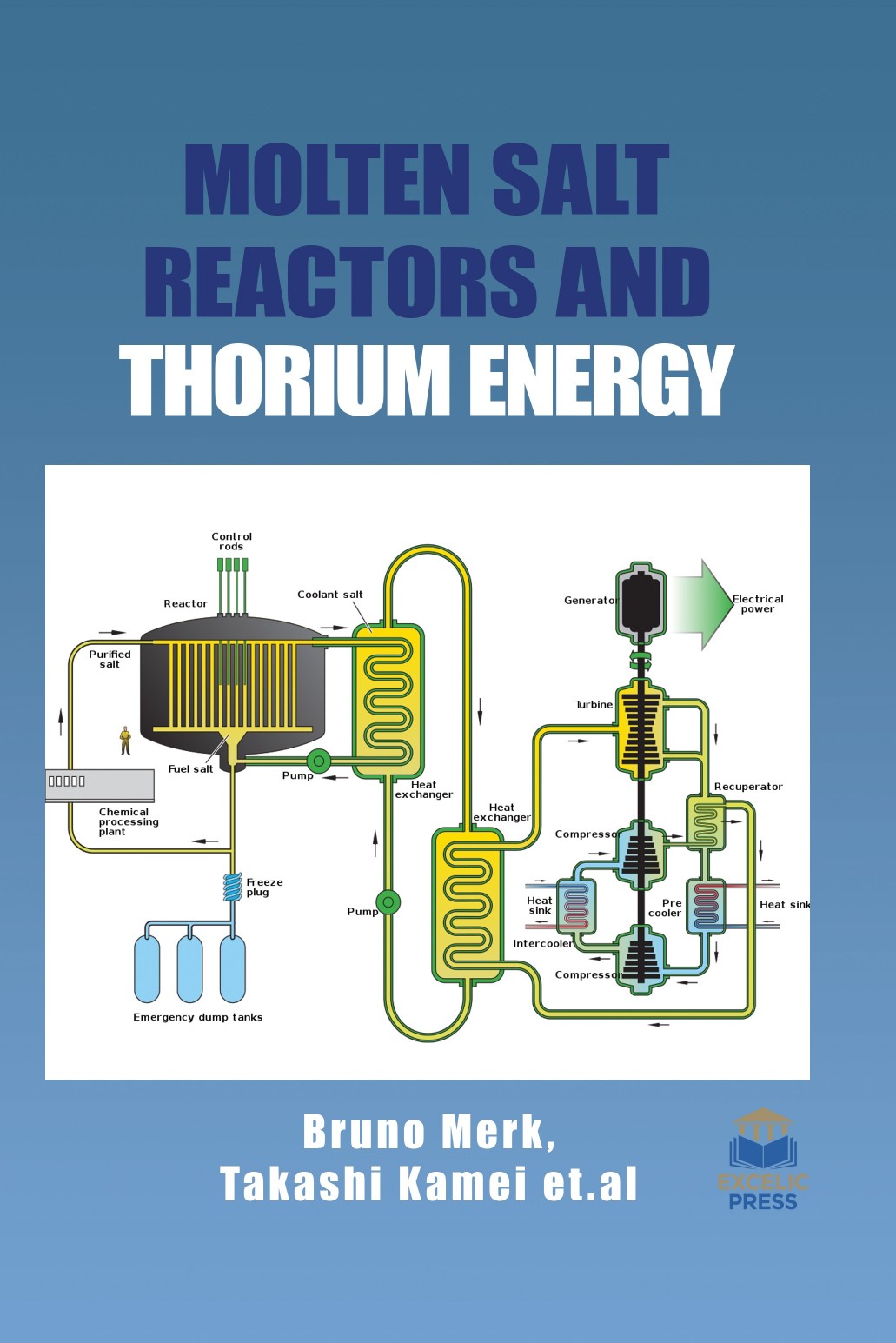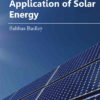Molten salt reactors have seen a marked resurgence of interest over the past decade, highlighted by their inclusion as one of six Generation IV reactor types. The most active development period however was between the mid-1950s and early 1970s at Oak Ridge National Laboratories (ORNL) and any new re-examination of this concept must bear in mind the far different priorities then in place. A molten salt reactor (MSR) is one in which fluorides of fissile and/or fertile elements such as UF4, PuF3 and/or ThF4 are combined with carrier salts to form fluids. Single Fluid designs have both fertile and fissile combined in one salt. The fluid fuel in these reactors, consisting of UF4 and ThF4 dissolved in fluorides of beryllium and lithium, is circulated through a reactor core moderated by graphite. Technology developments over the past 20 years have culminated in the successful operation of the 8-MWt Molten Salt Reactor Experiment (MSRE), and have indicated that operation with a molten fuel is practical, that the salt is stable under reactor conditions, and that corrosion is very low.
This book brings together state-of–art information on the technical characteristics, nuclear performance, and economics of molten-salt converters and breeders. The contributed chapters are written by eminent researchers and authors covering topics MSR-specific issues, various reactors designs, and discusses issues such as the environmental impact, non-proliferation, and licensing.
This edition is packed with the comprehensive information of the technology currently available, making this an essential resource for students, nuclear researchers, industrial engineers, and policy makers.













